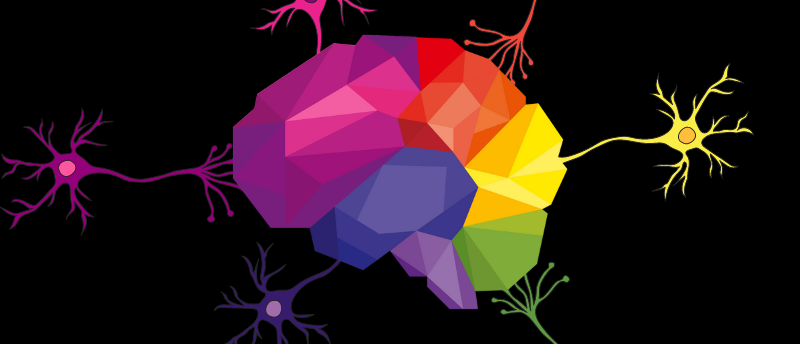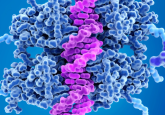The protein–protein interaction promoting Parkinson’s disease

What role do protein–protein interactions play in the accumulation of α-synuclein in the brains of individuals with Parkinson’s disease (PD)?
Researchers from the University Health Network Krembil Brain Institute and the University of Toronto (both Toronto, Canada) have developed a platform that screens peptide motifs to determine their ability to protect neurons against aggregate-forming α-synuclein, a protein that accumulates in the brain and causes cell death. This aggregate-forming protein is a hallmark of Parkinson’s disease (PD), a dopaminergic neurodegenerative disease that affects movement.
Since protein–protein interactions are essential to the inner workings of cells, inhibiting specific interactions may be a promising approach to treating diseases, such as PD. Previous research has identified α-synuclein aggregation as a contributor to PD, leading the current research team toward finding potential ways to disrupt protein interactions that cause α-synuclein aggregation.
The team utilized several techniques, such as nuclear magnetic resonance, surface plasmon resonance, next-generation sequencing, immunoblotting and fluorescence-activated cell analysis and sorting, to identify protein-interaction inhibitors that decrease α-synuclein aggregation.
 Role of ganglia in heart-disease-associated sleep disturbance
Role of ganglia in heart-disease-associated sleep disturbance
Approximately one in three people with heart disease experience sleep problems, now researchers have uncovered the previously unknown role of ganglia in this sleep disturbance.
They discovered that the most potent inhibitor of α-synuclein aggregation disrupted the interaction between α-synuclein and charged multivesicular body protein 2B (CHMP2B), which is a component of the endosomal sorting complex required for transport-III (ESCRT-III).
By inhibiting this interaction, the researchers found that α-synuclein can be degraded via endolysomal activity – a process blocked by α-synuclein in PD – which decreased α-synuclein levels in multiple preclinical models. When implemented in Caenorhabditis elegans and rat models, blocking the α-synuclein-CHMP2B interaction protected dopaminergic neurons from α-synuclein-mediated degeneration.
“We tested the peptide in multiple experimental models of Parkinson’s disease, and we consistently found that it restored endolysosomal function, promoted α-syn clearance and prevented cell death,” commented Suneil Kalia, co-senior author of the study.
The study demonstrates that the α-synuclein-CHMP2B interaction is an important potential target for therapeutic development against PD, as well as other conditions that involve α-synuclein aggregation. Further characterization of the interaction between α-synuclein and CHMP2B is necessary for clarifying how the peptide inhibitor works. Additionally, research is needed to establish how best to deliver this type of therapeutic to the brain.
“This research is still in its early stages – more work is definitely needed to translate this peptide into a viable therapeutic,” co-senior author Lorraine Kalia concludes. “Nonetheless, our findings are very exciting because they suggest a new avenue for developing treatments for Parkinson’s disease and other neurodegenerative conditions.”





